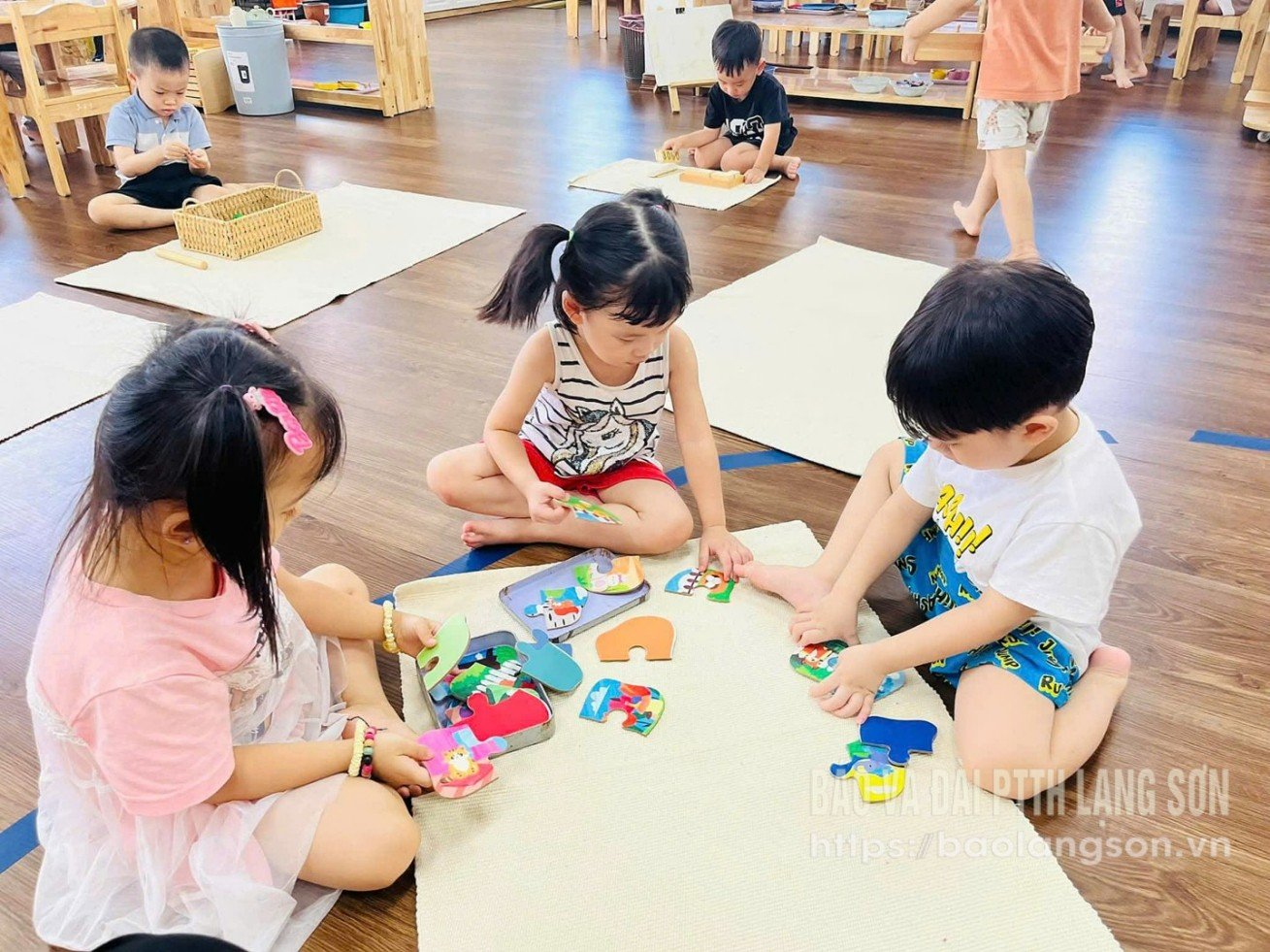
Ms. Nguyen Ngoc, Deputy Head of the Preschool - Primary Education Department, Department of Education and Training, said: To effectively implement this orientation, the Department has developed a plan, advised the Department's leaders to issue guidelines, directed units to organize integrated educational activities according to the STEM orientation, conduct experimental teaching sessions, design demonstrative learning materials and organize experience sharing in cluster professional activities. Along with that, the industry has organized 105 training courses for 100% of preschool managers and teachers in the whole province. The training content is systematically developed, including skills in designing activities, building a classroom environment, and selecting learning materials suitable for each locality, thereby helping the teaching staff gradually master the methods, proactively and flexibly integrate STEM education into children's daily activities.
In parallel with mass training, the department has selected 6 preschool education facilities to implement provincial-level pilot projects to form model schools, create practical learning materials and a basis for replication.
In the 2024-2025 school year, the education sector organized over 24,000 STEM lessons at preschool level; 108 facilities organized workshops and competitions for teachers implementing STEM activities with the participation of nearly 4,000 staff and teachers; 1,623 STEM corners were built in classroom groups; 191 facilities designed learning materials from recycled materials; 170 units applied software and videos to learning activities. At the same time, the end-of-school-year assessment results showed that the rate of children actively participating in activities reached over 95%, an increase of more than 10% compared to the previous school year. |
Hoang Van Thu Kindergarten (Ky Lua Ward) is one of the typical units. In designing activities, the school often encourages teachers to flexibly integrate fields such as exploring science , mathematics, technology and art; at the same time, take advantage of available materials such as paper boxes, ice cream sticks, plastic bottles, dried seeds to make teaching aids and stimulate children's creativity. Student Hua Minh Khang, a 5-year-old student of the school, shared: During class, I was guided by teachers to make toys, using materials such as ice cream sticks, bottle caps, cardboard to assemble into models according to my ideas. Making toys with my friends, I really like it and want to go to school every day.
From pilot models, STEM education has gradually spread throughout the preschool education system in the province. Many units, both public and non-public, have proactively built implementation models suitable to actual conditions. According to statistics, 100% of preschools in the province have developed plans to integrate STEM education into the school's educational program, gradually creating a foundation for forming a new approach in organizing children's educational activities.
At Happy School Kindergarten (Dong Kinh Ward), a non-public institution with nearly 400 children attending each year, the STEM education model has been systematically implemented with 26 specialized lessons for three age groups. Along with that, classes proactively integrate STEM content into outdoor activities, corner activities and daily activities. Ms. Nguyen Thu Huong, Principal of the school, shared: Thanks to flexible and creative approaches, mid-term and final assessment results show that the rate of children boldly expressing ideas and performing tasks in groups has increased significantly, reaching nearly 100%. At the same time, children's thinking, memory and language skills are clearly developed through thematic exploration activities.
Not only schools in favorable areas, in remote communes, teachers also flexibly apply STEM education methods suitable to actual conditions. Ms. Phung Thi Hong Loan, a teacher of a 4-year-old class at Khanh Khe Kindergarten (Van Quan district) shared: Taking advantage of easy-to-find materials such as cardboard, boxes, and seeds, the class has designed visual aids, creating opportunities for children to experience and create their own learning products. According to records, after implementing the STEM model, the rate of children actively participating in class increased by more than 90%, a significant increase compared to the beginning of the school year (with just over 70%), and the skills of cooperation, self-service, and proactively performing group tasks have also improved a lot.
Synthesizing the results of implementation across the province, in the 2024-2025 school year, the education sector organized over 24,000 lessons with STEM elements at preschool level; 108 facilities organized workshops and competitions for teachers implementing STEM activities with nearly 4,000 staff and teachers participating; 1,623 STEM corners were built in classroom groups; 191 facilities designed learning materials from recycled materials; 170 units applied software and videos to learning activities. At the same time, the end-of-school-year assessment results showed that the rate of children actively participating in activities reached over 95%, an increase of more than 10% compared to the previous school year. Many children are more confident in speaking, expressing ideas, coordinating in groups and showing clear interest in coming to class.
The province currently has 231 preschools with about 50,000 children. Based on the foundations that have been achieved, in the coming time, the education sector will continue to direct facilities to maintain and expand the implementation of STEM education in a practical, synchronous and appropriate manner to the specific conditions of each locality and each school. Thereby, contributing to improving the quality of education for children at the preschool level in the province.
Source: https://baolangson.vn/stem-lan-toa-tu-lop-hoc-mam-non-5055057.html


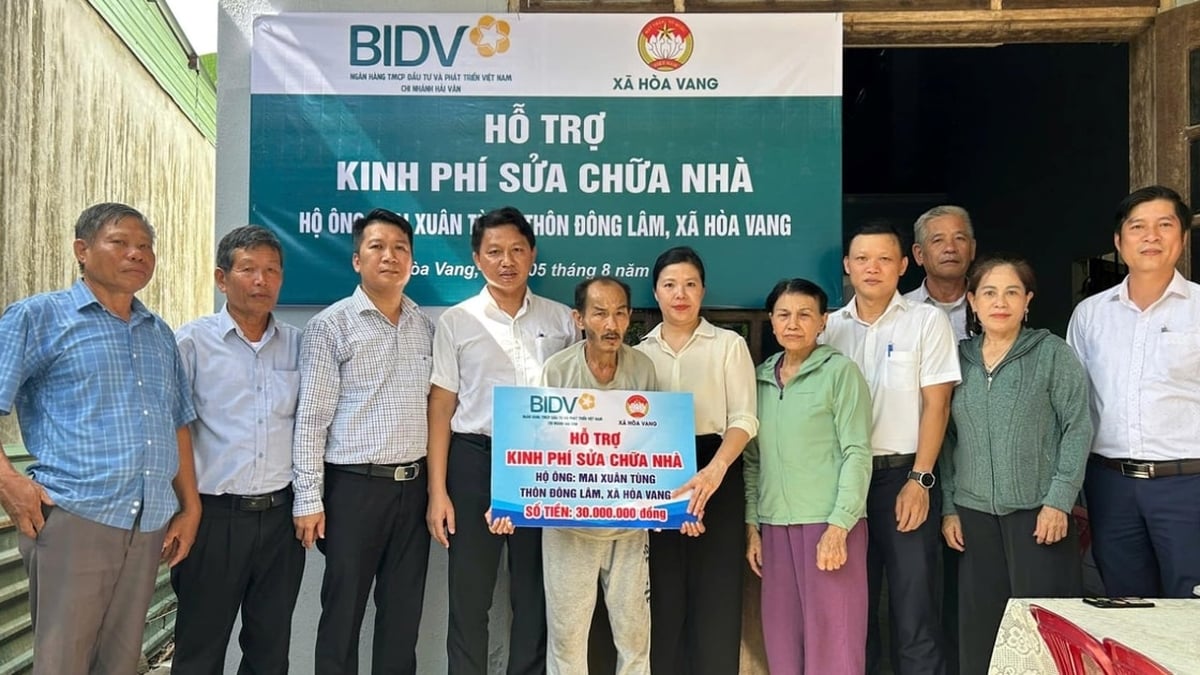

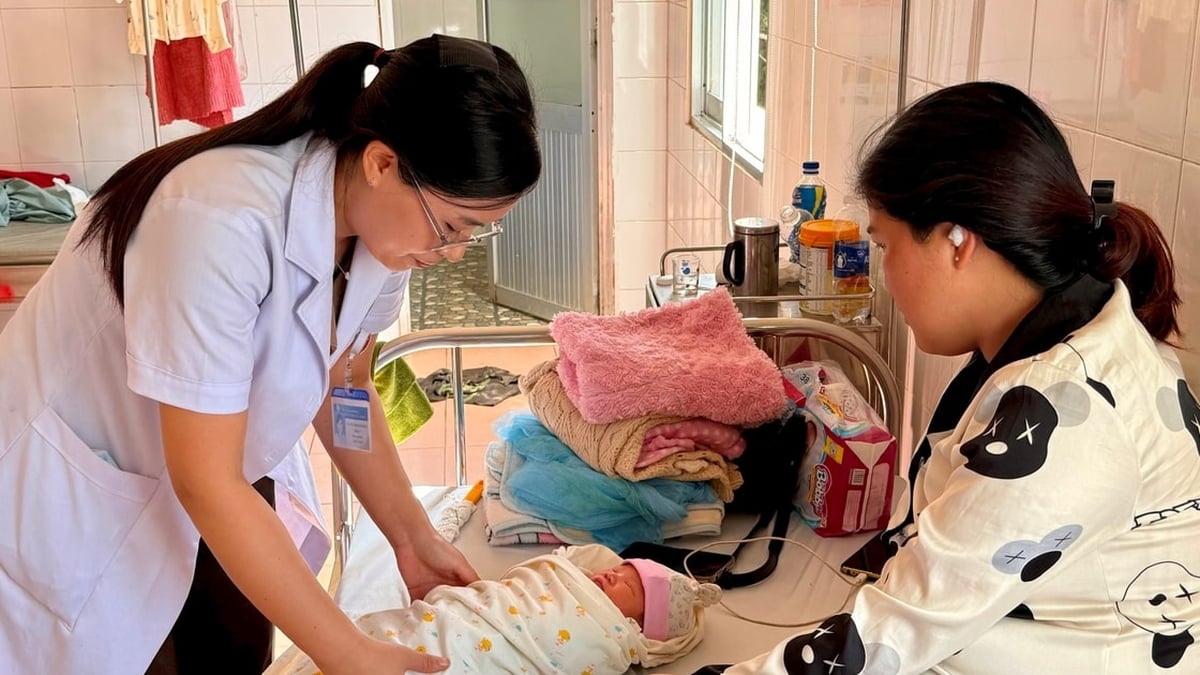
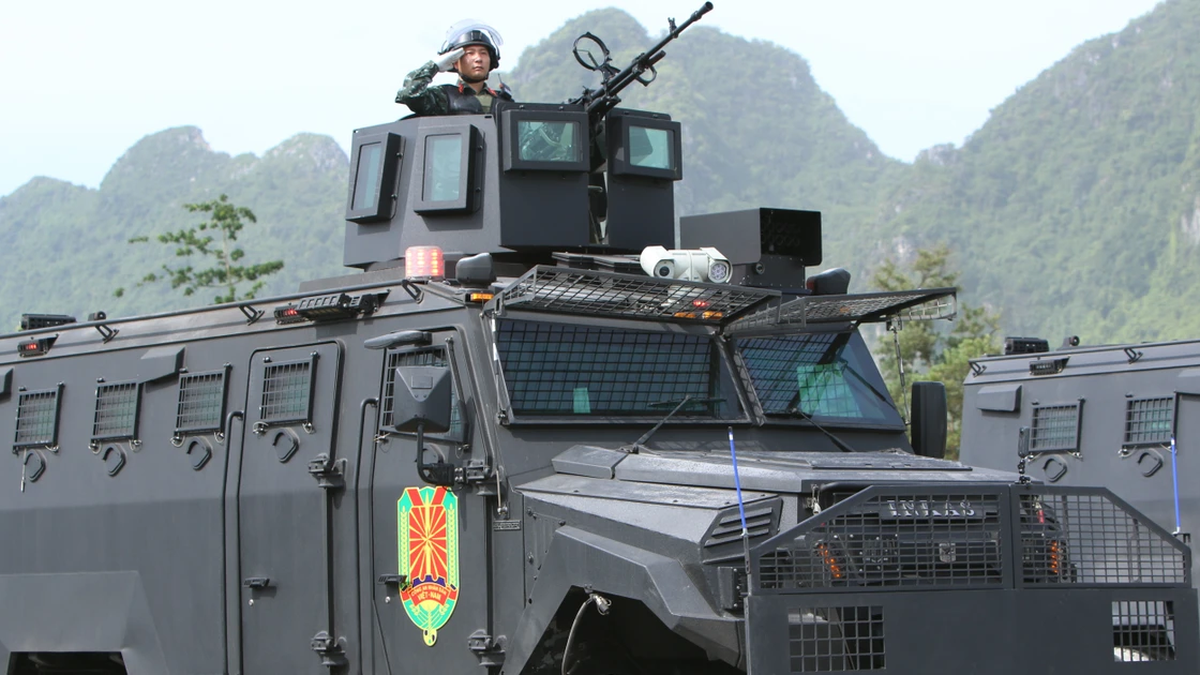
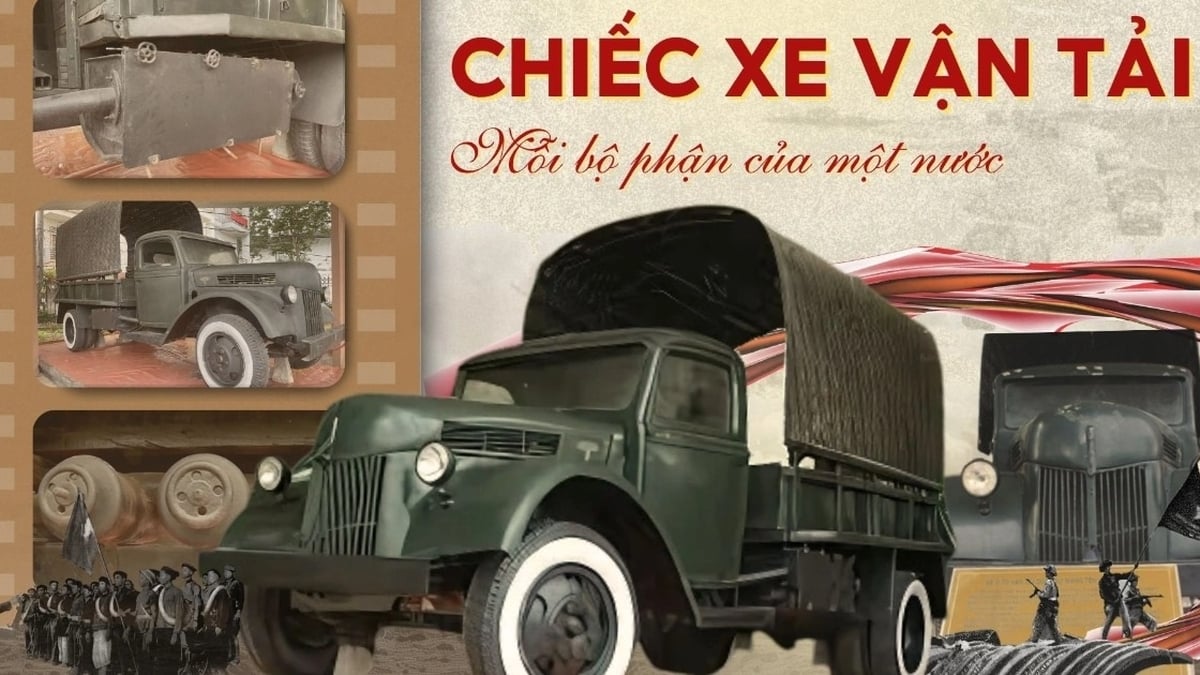
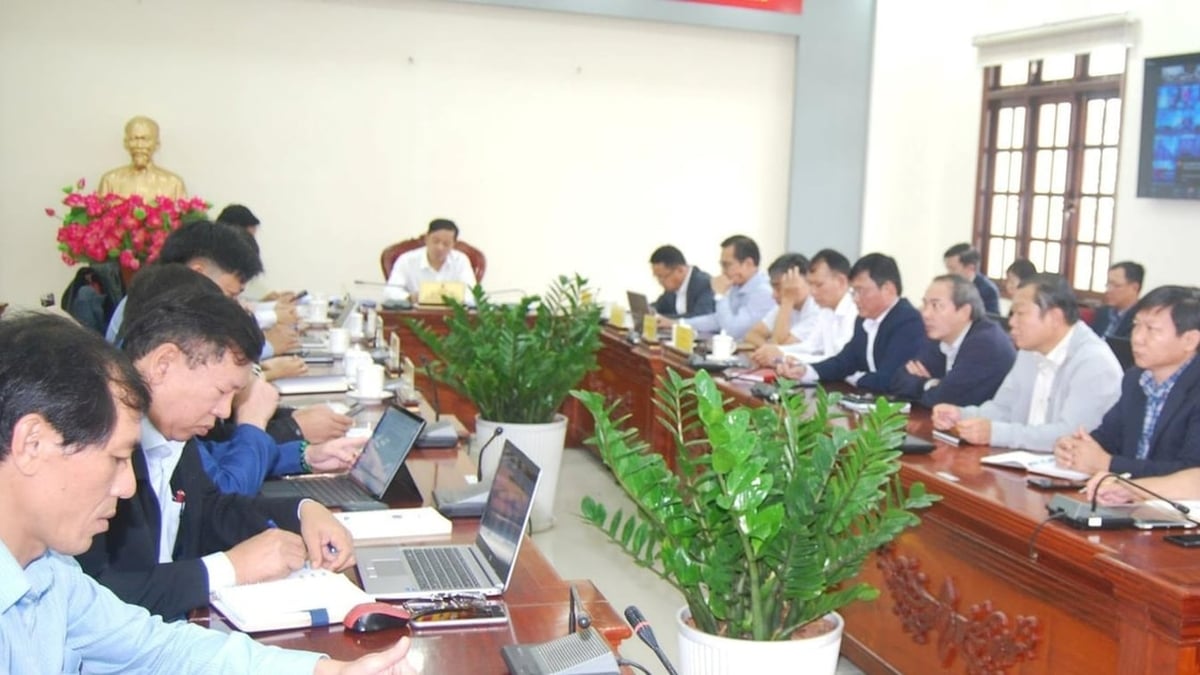
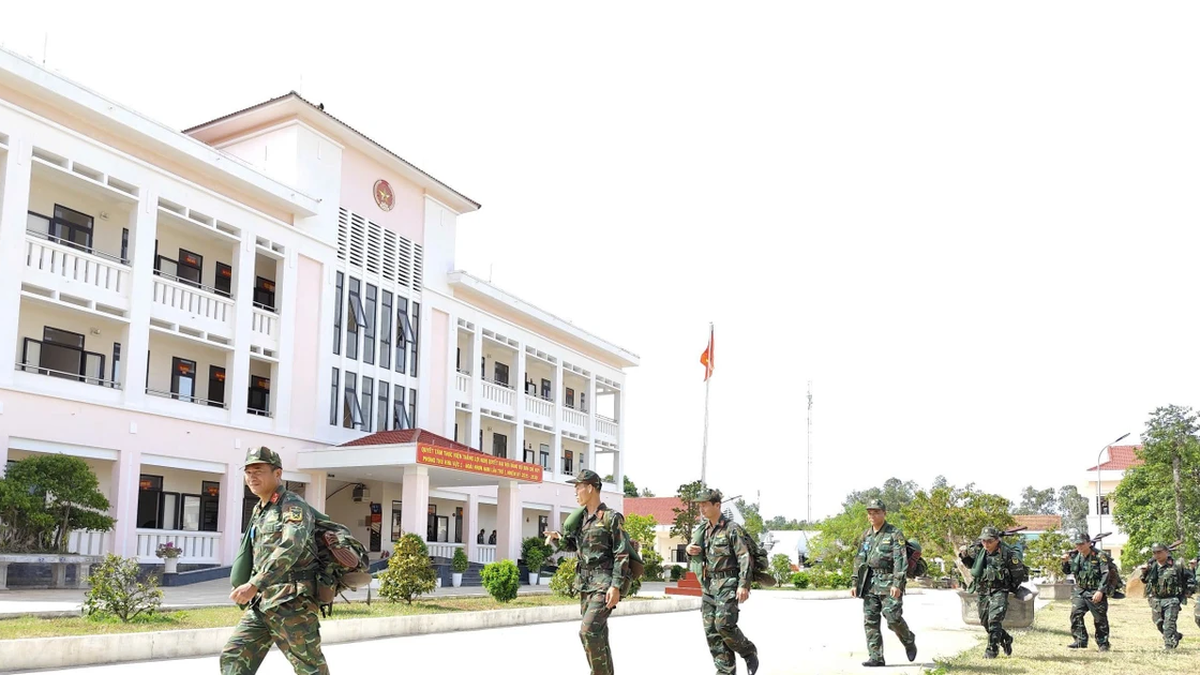

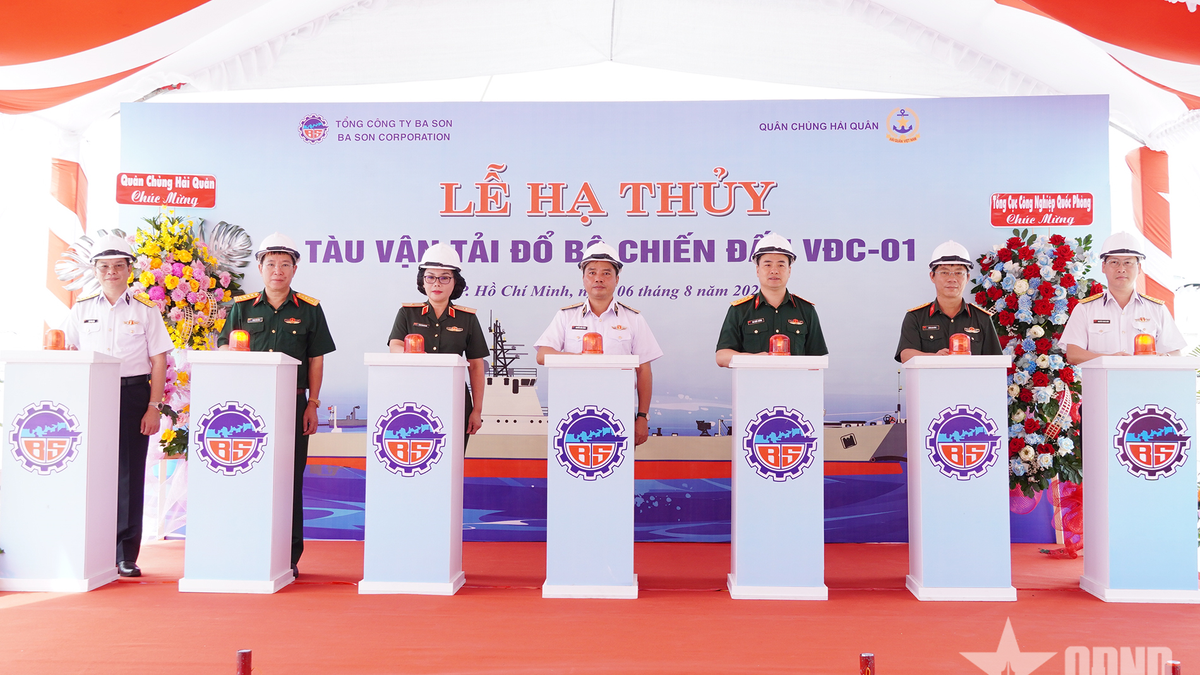
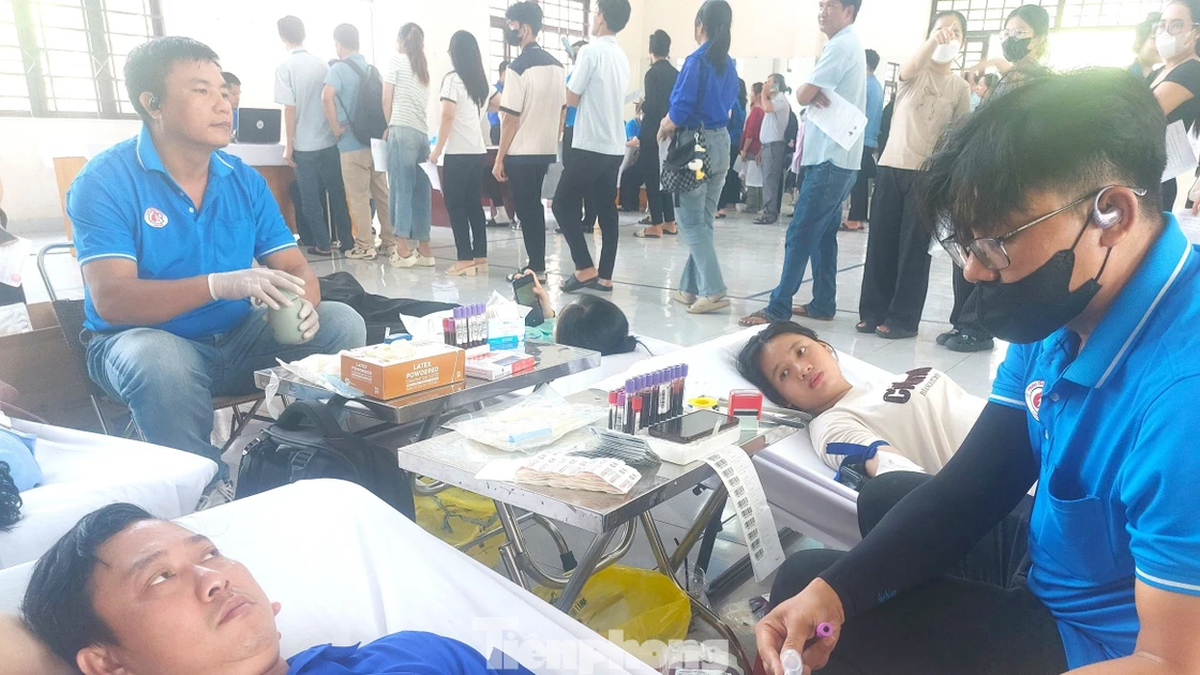


















![[Photo] Nghe An: Provincial Road 543D seriously eroded due to floods](https://vphoto.vietnam.vn/thumb/1200x675/vietnam/resource/IMAGE/2025/8/5/5759d3837c26428799f6d929fa274493)























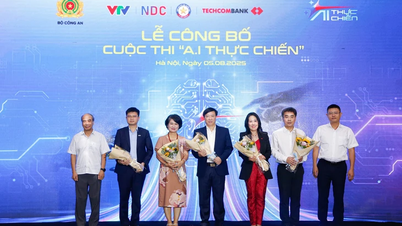
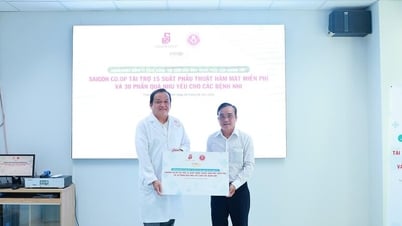

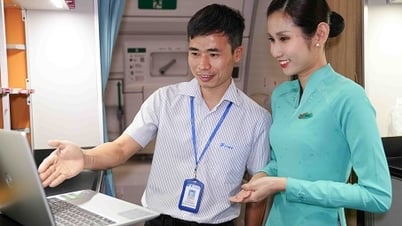


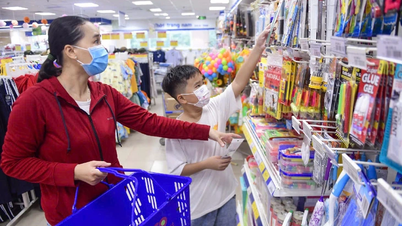
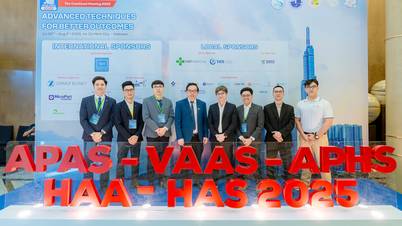
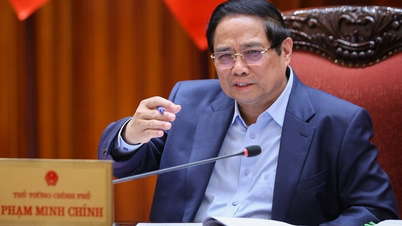

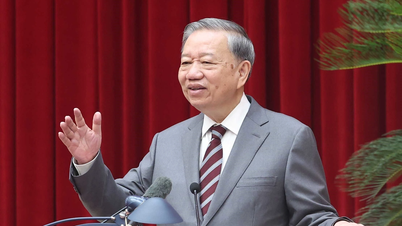


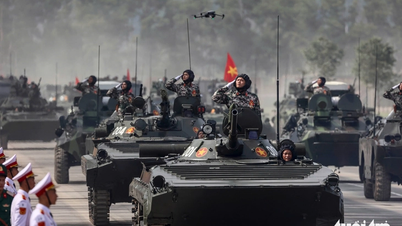
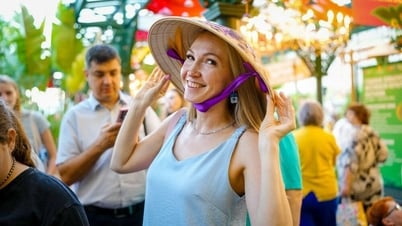


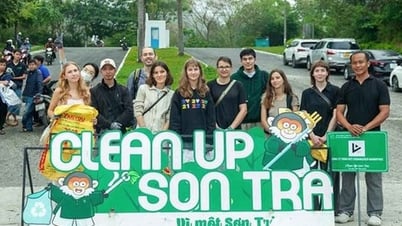
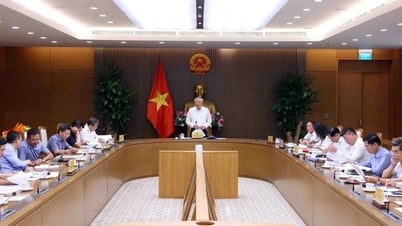


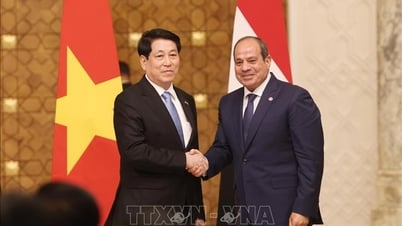
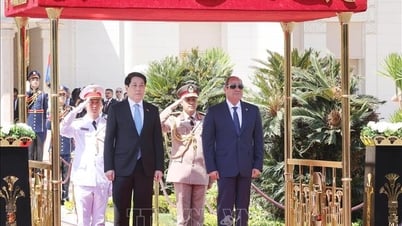













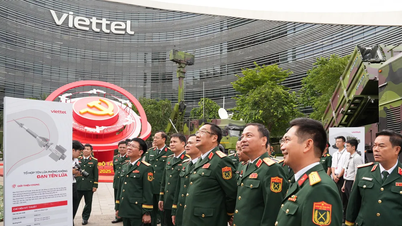





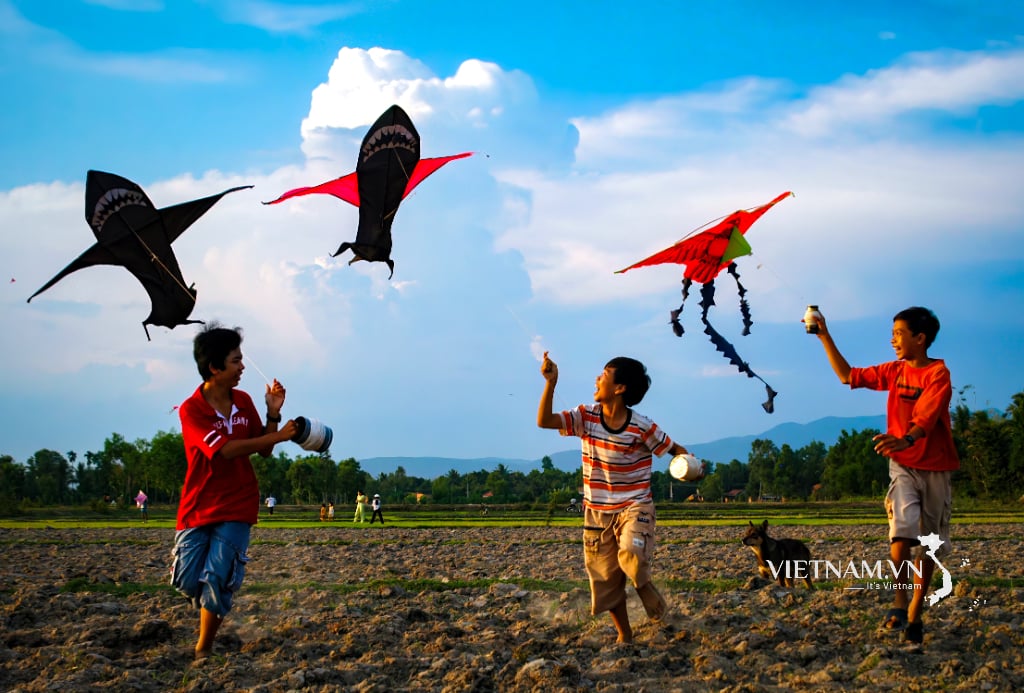

Comment (0)